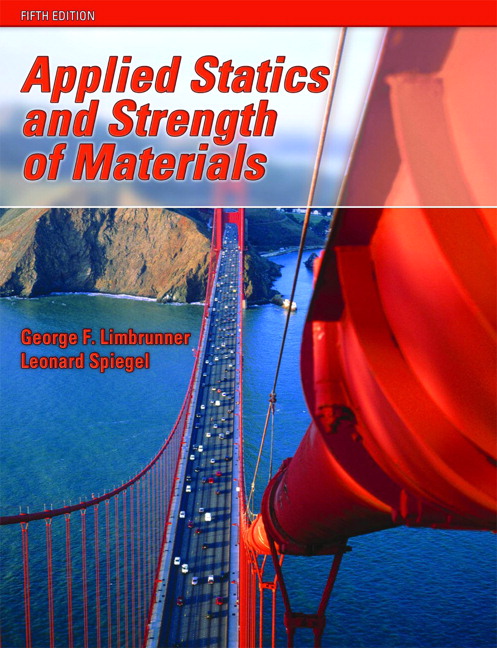The unsustainable take-make-dispose linear economy prevalent in healthcare contributes 4.4% to global Greenhouse Gas emissions. A popular but not yet widely-embraced solution is to remanufacture common single-use medical devices like electrophysiology catheters, significantly extending their lifetimes by enabling a circular life cycle. To support the adoption of catheter remanufacturing, we carried out a holistic comparative evaluation of virgin manufactured and remanufactured carbon emissions with Life Cycle Analysis (LCA). We followed ISO modelling standards and NHS reporting guidelines to ensure industry relevance. We conclude that remanufacturing may lead to a reduction of up to 61% per turn (burden-free) and 58% per life (burdened). Our extensive sensitivity analysis and industry-informed buy-back scheme revealed up to 49% long-term emission reductions per remanufactured catheter life. Our comprehensive results encourage a collaborative approach to remanufacturing to optimise emission savings across a catheter's life cycle.
翻译:在医疗保健中盛行的不可持续的吸收-降解线性经济为全球温室气体排放提供了4.4%。一个受欢迎但尚未广泛接受的解决办法是重新制造像电生理导管这样的常见单一用途医疗装置,通过循环生命周期大大延长其寿命。为支持采用导管再制造,我们用生命周期分析(LAC)对处女制和再制造的碳排放进行了全面比较评估。我们遵循了ISO建模标准和NHS报告准则,以确保工业相关性。我们的结论是,再制造可能导致每转弯(无负担)减少61%,每生命(有负担)减少58%。我们广泛的敏感度分析和行业知情回购计划揭示出每再制造导管生命的长期减排幅度达49%。我们的全面结果鼓励了一种合作方法,重新制造在导管生命周期中选择排放节约。




